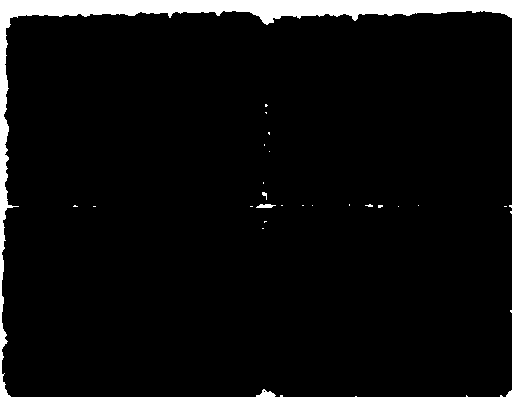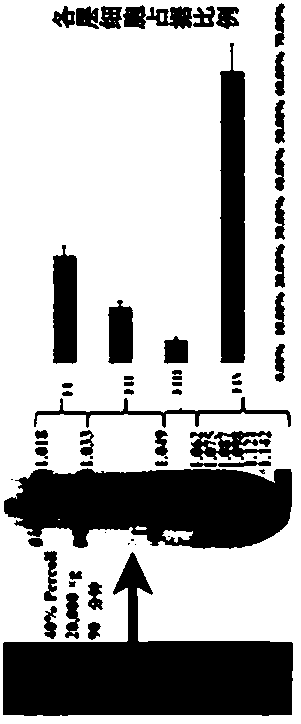Three-step separation method for enriching stem cells
A separation method, a technology of liver cancer stem cells, applied in the field of three-step separation method for enriching stem cells, can solve the problems of high cost of sorting and low sorting accuracy, achieve low price, low cost of separation, and remove false positives Effect
- Summary
- Abstract
- Description
- Claims
- Application Information
AI Technical Summary
Problems solved by technology
Method used
Image
Examples
Embodiment
[0026] This example is aimed at the isolation of rat liver cancer stem cells. First, the rats were allowed to drink water containing 0.05% DEN for 6 weeks, and then changed to normal drinking water to create a rat liver cancer model. At 18 weeks, the rats were anesthetized, and then the abdominal cavity of the rats was dissected to observe the tumor formation in the liver. Remove liver cancer nodules from rats, soak in serum-free medium containing 0.1% type IV collagenase and 0.005% trypsin, and incubate with shaking at 37°C for 20min, collect digested cell aggregates, pass through diameter Use a 100 μm nylon mesh to prepare a cell suspension and put it in a centrifuge for 8 minutes at 1000×g. The bottom cell aggregates were collected, resuspended in PBS to become a cell suspension, and formed a colony of liver cancer cells after adherent culture. The specific results of the isolation and culture of liver cancer cells are as follows: figure 1 shown. figure 1 Middle Ⅰ is the...
PUM
 Login to View More
Login to View More Abstract
Description
Claims
Application Information
 Login to View More
Login to View More - R&D Engineer
- R&D Manager
- IP Professional
- Industry Leading Data Capabilities
- Powerful AI technology
- Patent DNA Extraction
Browse by: Latest US Patents, China's latest patents, Technical Efficacy Thesaurus, Application Domain, Technology Topic, Popular Technical Reports.
© 2024 PatSnap. All rights reserved.Legal|Privacy policy|Modern Slavery Act Transparency Statement|Sitemap|About US| Contact US: help@patsnap.com










